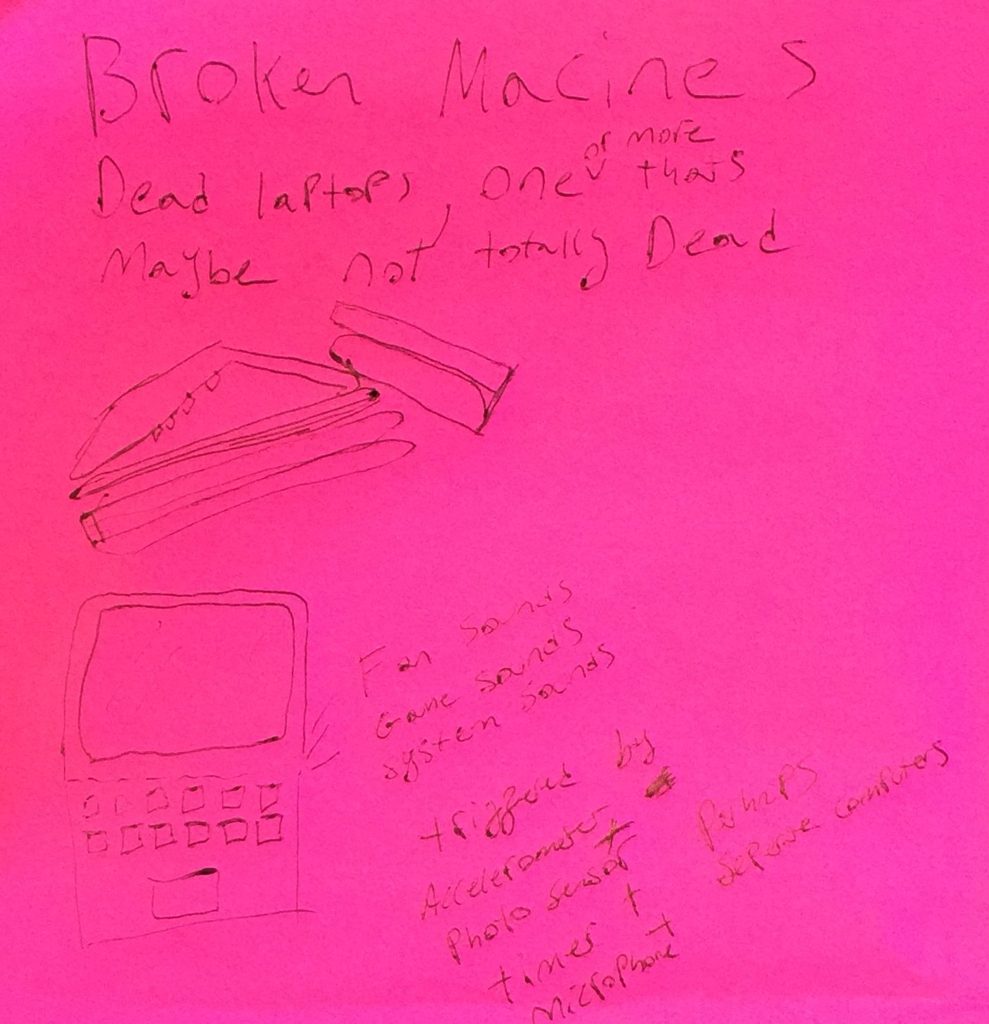I’m not exactly sure where the two assignments for this week begin and end but the two ideas I’d like to pursure include a project relevant to my thesis work and a contribution to a NYC mesh network.
My thesis project its related to “people counting” based on radio communications. Initially my plan was to use Wifi and Bluetooth but I’m curious if it’s feasible to use GSM as the core technology. What I’m able to do with Wifi is sniff packets and tally unique MAC addresses of the various wifi clients and devices sending probe requests. This number is ok in terms of counting people but theres a lot of problems with people having multiple Wifi devices in certain areas and people disabling wifi connections on their phones. GSM seems like a great solution to this problem since most people (in highly connected economies) carry only one GSM device and rarely disable its signal. I’m not sure if this is achievable by just listening to GSM and demodulating (my preferred approch) or if I would need to set up my own BTS and actually have devices connect to it. Ideally this set up can be small enough to “wear” and it would count/estimate the population surrounding it’s user. There are a lot of potential applications of this kind of people counting. It could be used by retailers to gauge for traffic in an area, by city planners to understand where people experience the most crowding, or by organizers to estimate the size of an event without relying on 3rd party data or labor intensive hand counting.
A separate project, that would probably utilize a lot of the same research, would be some kind of contribution to the NYC mesh network. It seems pretty easy to join their network at a low cost and they have a bunch of volunteer opportunities to help install and maintain infrastructure. I was thinking that it could be cool to set up a node and maybe build a short range GSM system on top of their internet connection. I don’t know how realistic this is but I like the idea of contributing to a network that may help subvert telecom monopolies and improve local communication during emergencies.





